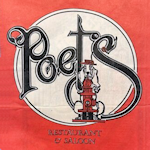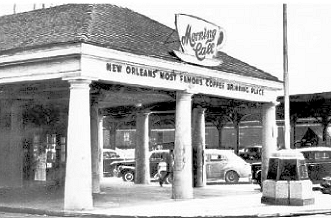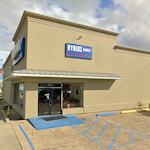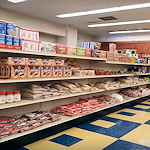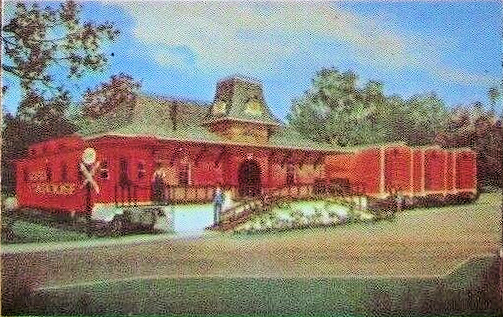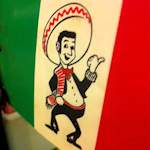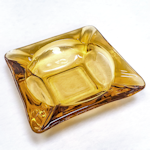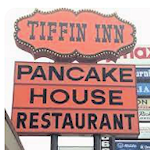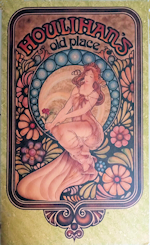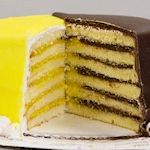
The Dobos torte and the New Orleans doberge cake are both classic layered desserts with rich histories and distinct cultural significance. Here's a detailed look at their origins, development, and connection.
The Dobos torte, also known as Dobos torta, is a Hungarian sponge cake layered with chocolate buttercream and topped with a thin layer of caramel. It was created by Hungarian pastry chef József C. Dobos in 1884. The cake was a sensation at the time because of its novel use of buttercream, which was not widely known. Most cakes at that time used whipped cream, which was less stable. The caramel topping was designed to prevent the cake from drying out, adding both flavor and a unique texture.
The cake gained widespread popularity after its introduction at the National General Exhibition of Budapest in 1885. Dobos traveled throughout Europe to promote his cake, making it popular among the elite and even royalty. Its durability and ability to keep well without refrigeration made it a preferred dessert for many years.
The Doberge cake is a New Orleans adaptation of the Dobos torte. It was created by Beulah Ledner, a baker of Hungarian descent, in the 1930s. Ledner modified the original Dobos torte recipe to suit American tastes and local preferences, and renamed it "doberge" to give it an air of French-ness.
The doberge cake typically consists of multiple thin layers of cake filled with a custard (chocolate, lemon, or other flavors) rather than the chocolate buttercream used in Dobos torte. The cake is often covered with a thin layer of buttercream and a poured fondant icing, which gives it a smooth finish. It is known for being extremely moist and rich, much like the original Dobos torte but with a distinctly Southern twist.
Beulah Ledner's bakery and her recipes became well-known, and the cake remains a beloved part of the city's culinary heritage. Today, bakeries in New Orleans still celebrate the tradition of doberge cakes, with variations that honor Ledner's original adaptation.
Chocolate and lemon are probably the two most popular flavors of doberge cakes. Most bakeries offer a half and half version to satisfy the many doberge fans who just can't make up their minds.
The connection between the Dobos torte and the doberge cake lies in their shared Hungarian roots and the adaptation process that transformed a European classic into a New Orleans staple. Both cakes are celebrated for their layered structure, rich fillings, and decadent taste, showcasing the versatility and enduring appeal of layered cakes across different cultures and eras.
In summary, the Dobos torte's innovative use of chocolate buttercream and caramel led to its prominence in Europe, while Beulah Ledner's adaptation of this cake into the doberge cake brought a beloved dessert to New Orleans, blending European elegance with Southern flavors.
The Dobash torte from Hawaii is another fascinating twist in the lineage of the Dobos torte, reflecting the cultural and culinary influences of the islands. Local baker Robert Taira had allegedly discovered the Dobos torte on a trip to Europe. The original owner and founder of King's Bakery, Taira adapted a recipe and created his own variation.
The Hawaiian Dobash torte is characterized by its lighter and more airy texture compared to the original Dobos torte. Instead of the rich chocolate buttercream used in the Dobos torte or the custard fillings in the New Orleans doberge cake, the Dobash torte typically features a chocolate pudding-like filling and frosting, which is lighter and smoother. The cake layers are usually a simple, moist sponge cake, which complements the delicate chocolate filling. The Hawaiian Dobash traditionally has fewer layers than the Dobos torte or Ledner's doberge.
The Dobash torte has become a beloved dessert in Hawaii, often enjoyed during celebrations and special occasions. It exemplifies the Hawaiian approach to cuisine, which often involves adapting and blending elements from various cultures to create unique, localized dishes.
The journey from Dobos torte to Dobash torte involves a process of simplification and modification, making the dessert more suited to the palates and preferences of the local population. In Hawaii, this meant creating a lighter and less rich version, three layers or fewer, that could be more easily enjoyed in a tropical climate.
The Dobash torte is a testament to how classic European desserts can evolve and find new expressions in different parts of the world. It highlights the adaptability of the Dobos torte concept, showing how a single dessert can inspire a variety of delightful and regionally distinct cakes.
The Dobash torte from Hawaii is a delicious offshoot of the original Hungarian Dobos torte, much like the New Orleans doberge cake. Each version maintains the essence of the layered cake but adapts the details to fit regional tastes and ingredients. The Hawaiian Dobash torte, with its lighter texture and pudding-like chocolate filling, is a perfect example of how traditional recipes can evolve and flourish in new environments, contributing to the rich tapestry of global culinary traditions.
Trivia: In New Orleans, the locals often call doberge cakes "dobash". Whether there's a Hawaiian connection or just a coincidental mispronunciation is uncertain.

